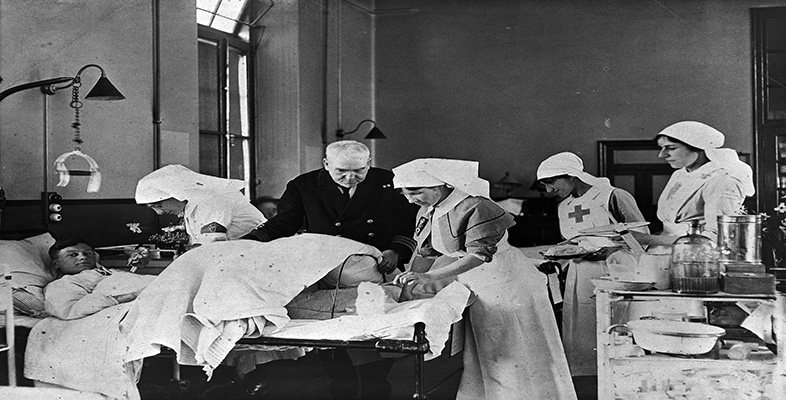4.4 Outside the asylum walls: limits to the primacy of the asylum as a solution
Although historians have written about the asylum as the only response to insanity, there was in fact a widely used alternative. Boarding-out, or ‘family care’ of the insane, offered a genuine alternative to asylumdom. The exact form of boarding-out differed from one national and regional context to another, but basically it supported patients within domestic and often rural settings, generally with guardians or relatives in single dwellings and cottages. The practice had long been used by local authorities, but after the middle of the nineteenth century it was subject to much wider centralisation and official oversight. Boarding-out was widely used, from Gheel and Liemeux in Belgium to Dun-sur-Auron in France, and to Massachusetts in the USA. In Scotland, the Fifeshire village of Kennoway, where children had been long boarded by local parishes, was the best known and most touted of the Scottish initiatives (see Figure 6 in Section 4.2).
The practice was not without its critics. It was alleged that boarding-out was only practicable for a minority of the harmless, chronic insane and demented, and that patients were sometimes exposed to ill treatment. Yet there is evidence that by the 1870s many patients faired well in such settings (Parry-Jones, 1981; Sturdy and Parry-Jones, 1999). In Belgium and Scotland, and in some areas of France, boarding-out can be characterised as a mainstream solution to the problem of harmless chronic and imbecile patients who accumulated in asylums. While strong and growing fears about the propagation of the unfit meant that women were often boarded-out only post-menopause, and harmless female patients might be retained in asylums until past the age of fertility, the embracing of boarding-out as a policy under centralised supervision by the Scottish Lunacy Commissioners, in collaboration with local authorities, won plaudits and esteem from a wide range of international commentators and observers. In this context, a British approach to lunacy significantly influenced other contemporary international initiatives with family care of the insane, lunatic colonies and cottage asylums.
In addition, we know that a whole host of alternatives to asylums were tried for the convalescent, the nervous and even the more seriously mentally troubled among the middle and monied classes. Such alternatives ranged from home-based regimen and exercise routines, to visits to spas and hydropathic establishments, and to travel at home and abroad. These options were increasingly available to the lower middling classes by the end of the nineteenth century (Andrews, 2000; Oppenheim, 1991; Wright and Bartlett, 1999).
